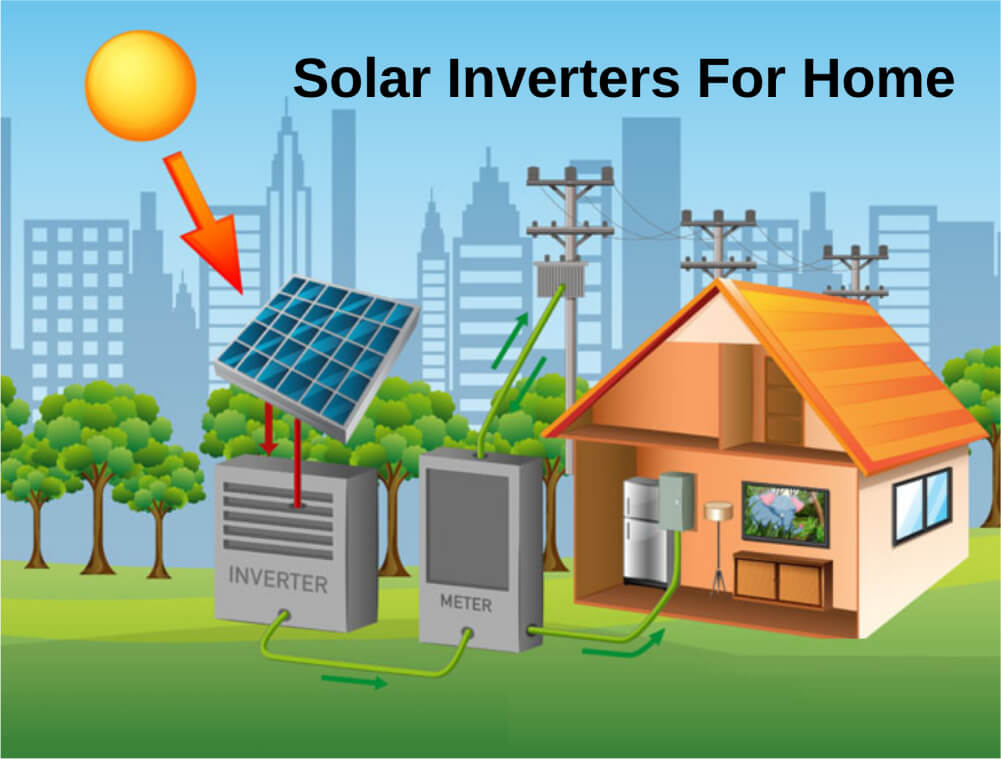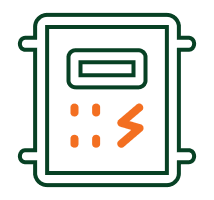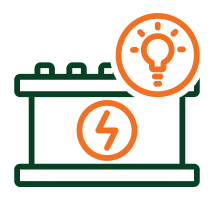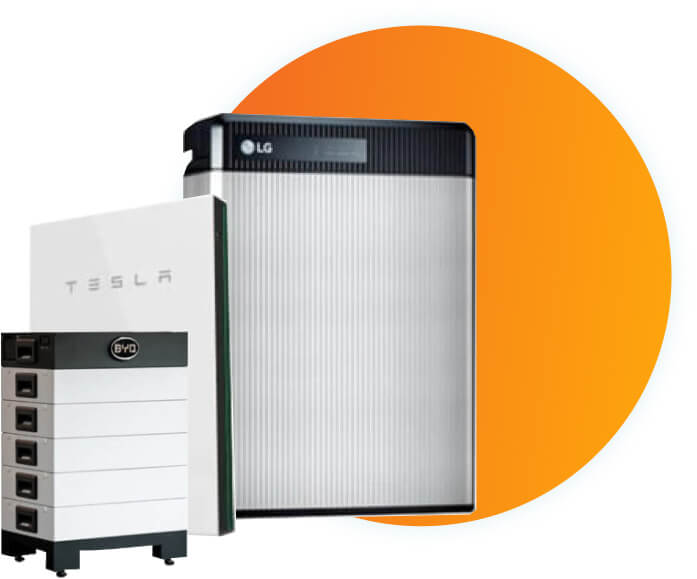Solar Inverters
A solar inverter or PV inverter, is a type of electrical converter which converts the variable direct current (DC) output of a photovoltaic (PV) solar panel into a utility frequency alternating current (AC) that can be fed into a commercial electrical grid or used by a local, off-grid electrical network. It is a critical balance of system – component in a photovoltaic system, allowing the use of ordinary AC-powered equipment. Solar power inverters have special functions adapted for use with photovoltaic arrays, including maximum power point tracking and anti-islanding protection.
Inverters are usually located outside in harsh weather conditions including rain, humidity and extreme heat, all while generating thousands of watts of power for up to 10 hours a day. This is why it’s important to use a quality inverter and mount it in a sheltered location if possible.

Solar Inverter Types

String Solar Inverters
The most popular type of solar inverter. These inverters are connected to a string of solar panels linked together in series.

Hybrid Inverters
Hybrid or battery ready inverters combine a solar inverter and battery inverter together in one simple unit. Most can also provide a basic level of backup power in the event of the blackout.

Off-grid Inverters:
Off-grid or stand-alone power systems require powerful battery inverters with inbuilt chargers which can be setup as either AC or DC coupled solar systems.

Micro Inverters:
Also known as micros are very small solar inverters attached directly to individual solar panels. Since each micro inverter and panel operate independently, they are a great option for complex roof layouts and locations with shading issues.




















